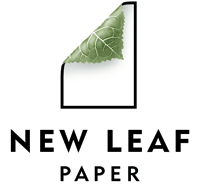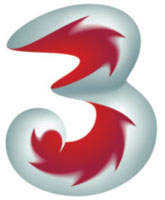 |  | Landor and Associates, Metabolife | Elixir Design, New Leaf Paper |  |  | Landor and Associates, Everland | Cato Purnell Partners, IDP |
As ecological issues remain topical, the leaf will continue to be an iconic element in green design. Leaves are also being cast as bit players in more visual identities. They are certainly chameleon-like, with an incredibly broad range: A leaf can represent birth and death, a cycle of life, natural solutions, sun and shade, food and nutrition, beauty, growth and more. Because the physical appearance of leaves vary dramatically, designers are able to manipulate their form to suit their demands. [page_break] blur 
| 
| Methodologie, Vulcan | Cato Purnell Partners, CityRail |  |  | Miles Newlyn, 3 | Landor and Associates, Corning |
Again, the logos that stand out are often those that are willing to thumb their nose at convention. The idea of motion is certainly not new to logos. Robert Miles Runyon spawned a world of followers with his stars in motion logo for the Los Angeles Olympics in 1984. Technically, our capabilities no longer force us to show cartoon streaks to convey a concept. These logos reflect a more natural interpretation of the concept of motion. This is done in an engaging "made you look twice" format that demands a response. Others in this class play with your focus: Take, for instance, the Evolution logo, the new identities for Abbey International or the TATE in Britain.
swirlys |

